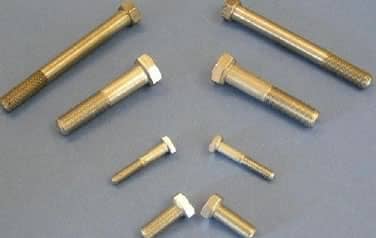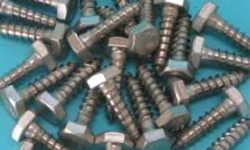Last Updated on October 12, 2022 by Marsh Fasteners
Each bolt has a torque specification or value that ensures latent failures are eliminated and that the safety, reliability, and quality of your product aren’t compromised. Once your product has been secured according to the specified torque, the torque value on the bolt must be checked for accuracy. A bolt that isn’t correctly fastened according to the torque value recommended by the manufacturer can lead to:
- Loosening and coming off due to continuous vibration
- Stripping of thread on the fastener (this is the case with excessive torque being applied)
The international ISO 9001 quality standard lays out the torque values and gauges expected and required of various bolts and other fasteners available on the market. Regardless of whether you are using carriage bolts, hex head bolts, lag bolts or tap bolts, the torque value must be tested and verified before the product is quality approved.
The torque value of a bolt can be checked in 3 ways:
- The movement check:
After fastening the bolt, make use of a torque measuring tool to mark off the tightened bolt and the product/workpiece. Apply additional force in the tightening direction until movement is noticed. Recording the reading will indicate the residual torque originally applied to the joint.
- The loosening check:
This works much the same as the movement check except the additional force is applied to the tightened bolt in the loosening direction. At the very point that the bolt breaks loose, record the reading and mark it off. The amount of torque required to loosen the bolt is the torque originally applied to the bolt.
- The marking check:
After tightening the bolt, mark the bolt surface and that of the product or workpiece. Then loosen the bolt. Re-tighten it until the markings re-align. The torque needed to return the bolt to its original position is the torque value of the bolt.
Valuable tips
The torque values should be determined immediately after bolts are tightened and before the product is painted or heated. This is because accurate readings depend on friction present under the nut surfaces and in the bolt threads. The torque value reading will be inaccurate if the bolt is exposed to varied environmental conditions or is left to sit for too long. You can expect as much as a 20% discrepancy if a bolt is left to stand for around 48 hours.
Find bolts, nuts, and other fasteners at Marsh Fasteners
Looking for a range of bolts and nuts in Florida? Need top quality fasteners for your product or application? Waste no more time. Contact us via email or telephone for more information and advice on bolts and fasteners at Marsh Fasteners today.








